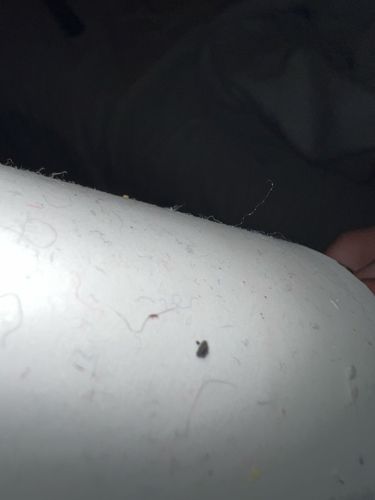Flea
Scientific Name: Siphonaptera (order), e.g., Ctenocephalides felis (cat flea)
Order & Family: Order: Siphonaptera, Family: Pulicidae (most common hosts)
Size: Typically 1.5 to 3.3 mm (0.06 to 0.13 inches) in length.

Natural Habitat
Fleas primarily live on the bodies of their warm-blooded hosts (mammals and birds). They can also be found in host habitats, such as bedding, carpets, cracks in floors, and furniture, especially in areas where pets rest.
Diet & Feeding
Adult fleas are obligate hematophages, meaning they feed exclusively on the blood of their hosts. Larvae feed on organic debris, including adult flea feces (which contain digested blood).
Behavior Patterns
Fleas are wingless insects known for their ability to jump long distances relative to their size, aiding in host seeking and escape. They have a complete metamorphosis (egg, larva, pupa, adult). Females lay eggs after a blood meal; eggs fall off the host and develop in the environment. Larvae avoid light, and pupae can remain dormant for extended periods, emerging when host vibrations indicate availability.
Risks & Benefits
Risks: Fleas can cause intense itching, skin irritation, and allergic reactions (flea allergy dermatitis) in humans and pets. They can transmit diseases such as murine typhus and plague (historically significant, less common now), and act as intermediate hosts for tapeworms (e.g., Dipylidium caninum). Benefits: There are no direct benefits to humans or ecosystems, as they are parasites.
Identified on: 10/12/2025